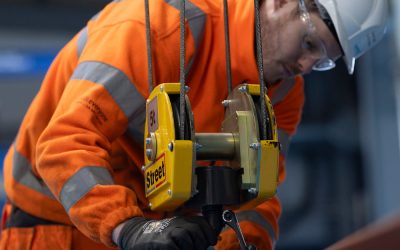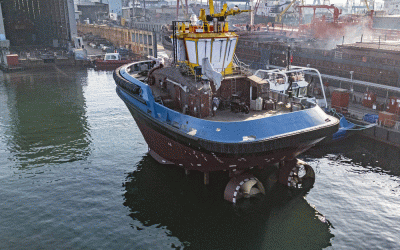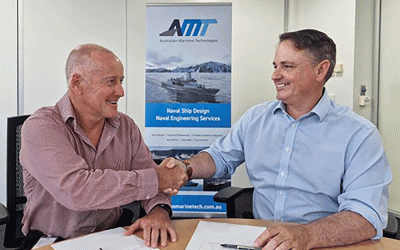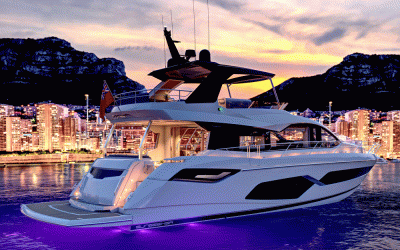Decommissioning is a growing industry, and one that is only going to get busier, writes Paul Shrieve, president, Bureau Veritas Solutions Marine & Offshore (pictured). There are already major players on the global stage in this sector, and they will all need supportive supply chains around them every step of the way. For example, ports will have to make a decision if they are a haven that rents space to a decommissioning contractor, or do they invest and become decommissioning facilities? There will be some main ports that make this investment and become leaders in the field.
It is a sector that is here to stay, and an integral part of the energy transition. According to 2019 statistics, the UK is forecast to account for more than a quarter of the total worldwide spend on oil and gas rig decommissioning between 2019 and 2028, with £67 billion (US$75.6 billion) predicted to be spent dismantling in that timeframe. On a worldwide level, the Global Offshore Decommissioning Market (2022-2027) report puts the market size at more than US$6 billion, and this is expected to expand at a CAGR of 6.75%, reaching US$9 billion within the five-year period.
The talents honed on taking ageing platforms out of service are something that can be used across the offshore industry, particularly with predictions that we will see 16,000 offshore wind blades being decommissioned, which, without changes to core materials, will reach 325,000 by the middle of the century. This brings us a golden supply chain opportunity for the next decade. A spin-off circular economy from the wind sector is also being explored that could create thousands of new jobs.
There are also opportunities now to consider end-of-life (or a change-in-life) for assets as we rapidly move towards the global ‘net zero’ goal of 2050. Assets that are in their earlier years (for example, 10-15 years old) are being considered for their long-term purpose potentially past that deadline in 28 years’ time. Already, operators are starting to consider their assets’ purpose post-hydrocarbon production and whether they could be utilised for other energies or roles such as carbon capture, utilisation and storage (CCUS), hydrogen, offshore wind farm support hub and carbon neutral hydrocarbon production.
We are seeing organisations allocate more in-depth consideration to various alternatives for assets and energy portfolios, also known as optioneering. The importance of considering a broad range of alternatives and options, to ensure the solution is the best fit and makes the best use of resources, plays a crucial role in the decommissioning process.
Current methods involve heavy-lift vessels, such as the 382m Pioneering Spirit, and we have seen numerous captivating images and footage of the process out at sea. However, rather than a requirement for more vessels to be built specifically for decommissioning, the world will need more multi-purpose vessels that can be used for not only the decommissioning of offshore assets but for the installation and decommissioning of offshore wind turbines and other uses. As floating offshore wind gains pace, more vessels will be required to tow turbines out to sea, but these do not need to be the size of the likes of Pioneering Spirit. We need these vessels to be multi-purpose so they can support the energy industry across multi-disciplines, and therefore remain commercially sound over a longer period.




